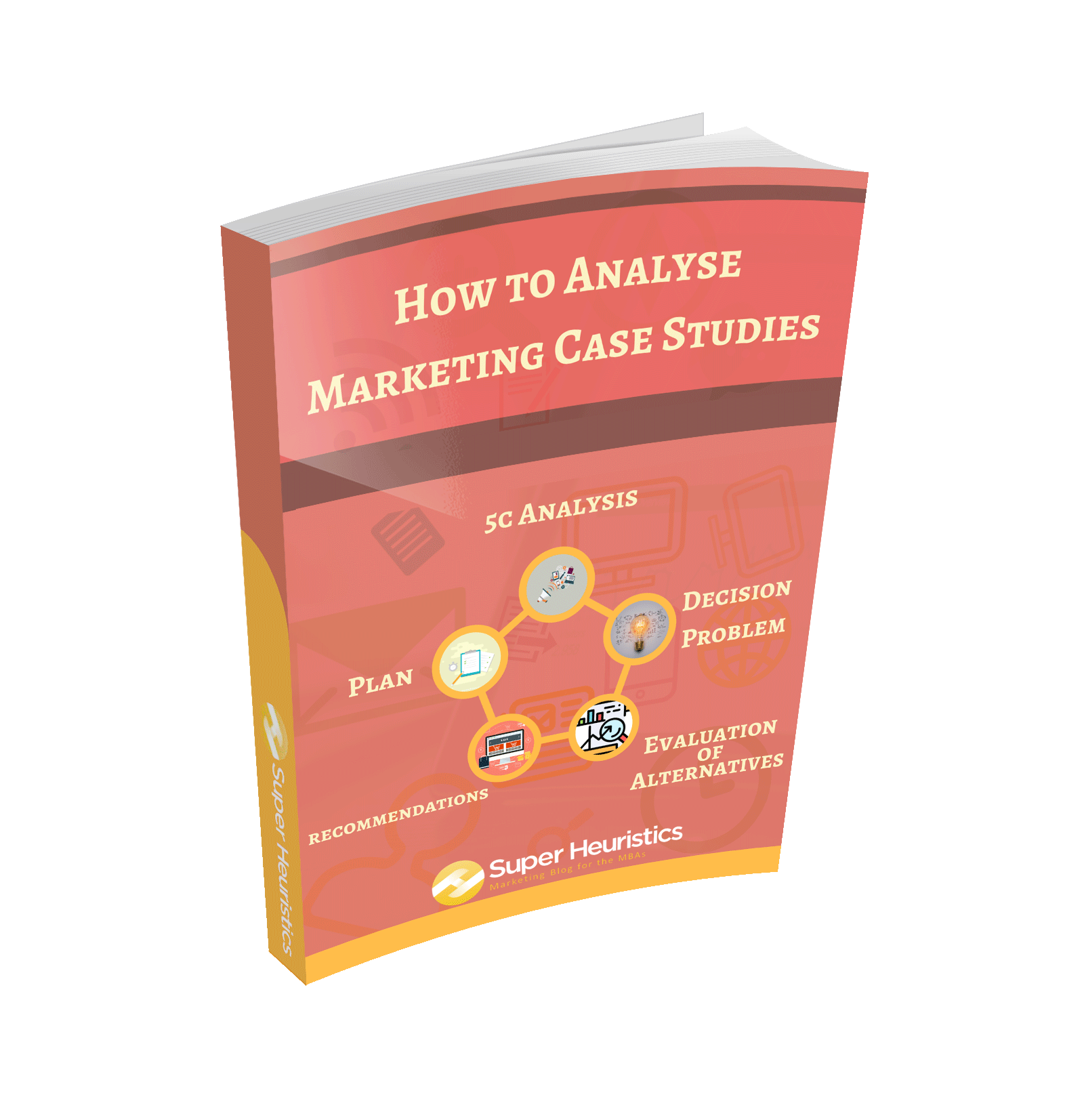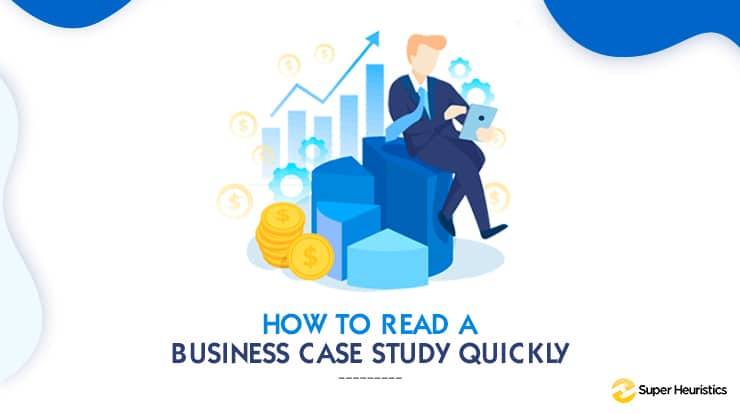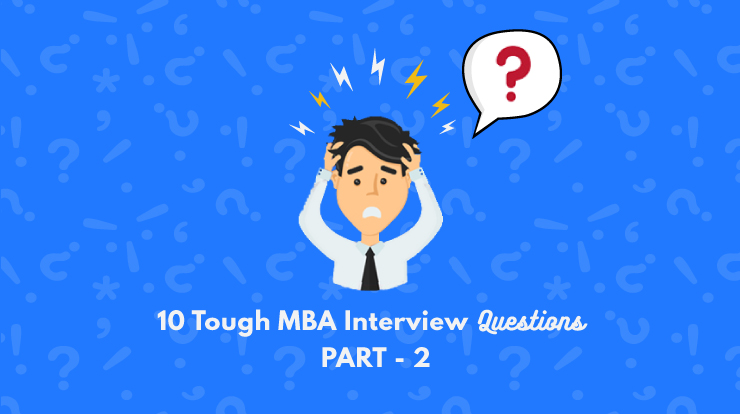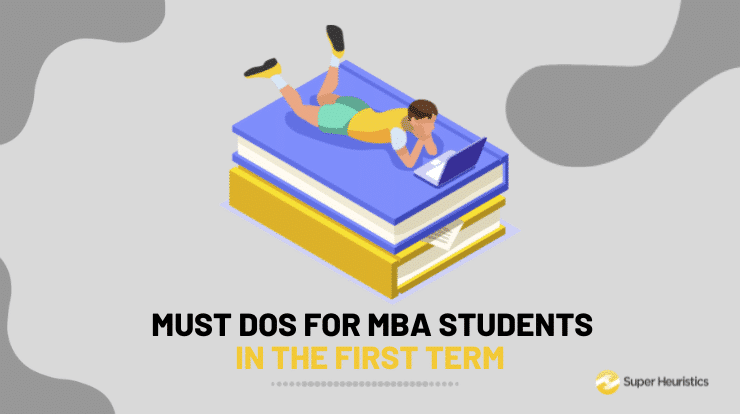
Aug 2020 Update: Amazon has announced the ACE Challenge 2020 on 10th August 2020 on the Dare2Compete challenge. I presented this article first in 2018 and now I have updated the same for the Amazon ACE 2020 Case Study.
Also, if you are not from one of the B-schools where Amazon has opened this competition, I will also be updating this with the wild card case study as and when it comes out.
Make sure you download my FREE eBook on How to Analyse Case Studies, that will give you an approach to tackle the case.
The Amazon Ace must have got you both excited and anxious in equal proportions. Excited because it’s the first corporate case study challenge of the season, and anxious because it is probably your first case study competition ever.
Two bits of a caveat here before you read this discussion –
- This article is about the Amazon ACE 2020 case study on MSMEs and ‘Atmanirbhar Bharat’. If you haven’t read the case study yet, please stop reading this article right here and come back once you have read the entire case.
- In this piece, I am not providing a solution to the case study. My objective is to give you a ground to start. Many second-year MBA students will also be a part of Amazon ACE competition and this article is exclusively for you.
This is to bring you at an equal pedestrial with those who have experience in solving many cases.
You will find here approaches to go about analyzing the case and taking decisions. So even after reading this, different people, different teams will be able to build up entirely different solutions.
Now that you are on it, you might be faced with a challenge of not knowing which stream of thought to follow!
At the very outset, let me tell you that there’s no single solution to a case study.
There will always be ideas that are better but not feasible, or feasible but not up to the mark. To start with, feasibility and 'innovativeness' must be well balanced. But it is often not until you complete a case study do you realize the shape it has taken.
You all will be putting an all-nighter to complete this one in all likelihood. To ensure that your thoughts don’t go awry and efforts don’t go in vain, here are a few tips that will help you out in making your solution robust and viable.
Amazon ACE Case Study 2020
Here is the discussion that would help you in approaching the Amazon ACE Case Study 2020. I have covered some of the important aspects of the case study that you need to keep in your mind to do a good job with it.
About the Case Study
The case study is presented in the backdrop of the ‘Atmanirbhar Bharat’ initiative of the Indian government. Amazon has been the go-to place for online shopping in India for many years. At the same time, numerous small-to-mid sized sellers have come onto the platform with their products and offerings. As the Amazon ACE Case study further describes, there are over 20+ categories in which these small and medium sized sellers offer their products.
With the different kind of services and facilities that Amazon provides to the sellers who come on board, the objective of this case is to devise a strategy to get more MSME’s on Amazon, hence, empowering them digitally to grow their businesses beyond geographies.
How to Approach Amazon ACE 2020?
If you look at the four questions that are to be answered by you, you’ll see that all of them are just different aspects of the same strategy that you are making.
I feel that more than just questions they serve as a sneak-peak into the minds of Amazon as to which direction they want to take and also, they serve as hints to what all aspects and stakeholders you must include in your solution.
Also, it is clear from the first two questions that there is a market estimation exercise that needs to be carried out by you. Stressing again on the fact that the approach towards this Amazon ACE 2020 case study has to be research-first.
If I were to solve this, I would not begin with any thoughts and ideas in my mind. There are resources that Amazon has linked to in the case study and I would spend my first few hours just carefully going through them and digging some more reports.
Market Sizing – How to do that?
Let me run past you one of the ways to carry out a market sizing exercise. You need to estimate what is the addressable market for Amazon in this case. But what is an ‘addressable market’ in the first place?

Want a step-by-step framework to analyse Marketing Case Studies?
This guide on How to Analyse Marketing Case Studies tells you the methods to tackle a case. What I suggest in the book is an elaborate explanation of how you can present your case study analysis most effectively, in just 5 slides.
Break up the market into three levels and that could be one of the ways to select your market size. These three levels usually are:
- Total Addressable Market
- Segment Addressable Market
- Expected Share of Addressable Market
It has been shared with you in the case that what is the Total Addressable Market. It is the MSMEs in India for which enough statistics and links have been shared with you. Further, you have been provided with the kind of segments that Amazon looks this market as. You could segment the market in various ways but one of the broader ways have been shared in the case. That is the Segment Addressable Market right there for you.

Finally, your task is to evaluate which segments are to be picked. Not just that, within your selected segments you may further create sub-segments basis your research. This will help you in coming up with a logic of which of those sub-segments to address for Amazon. These sub-segments that you choose would come together to make up the Expected Share of Addressable Market.
How to arrive at the right entitlement for Amazon?
When you look at the Total Addressable Market there are many assumptions there. Broadly, these assumptions are that:
- The company can acquire 100% of the customers in this market
- Pricing would be consistent across the market
- Cost to acquire the customer would be consistent across the market
But we know that we need to consider some factors that while making a choice of which segments and sub-segments to go after. So, if you are wondering about how to boil it down to the expected share of addressable market, here is one of the approaches.
The factors that you can consider while evaluating a segment or sub-segment are the following:
- Resources
- Costs
- Relevance and Expertise
- Time to Acquire
- Opportunity Size
- External Limitations
You should think about the first three segments like this. For any segment, do you as a company have the right resources to acquire and deliver to that market without incurring humongous costs. Moreover, is that segment relevant to our business or do we have expertise in it? For example, food delivery and restaurants might not be relevant to the company basis this.
The next three are the external factors. This include that how early can we acquire a segment. What are the limitations, policies and challenges in acquiring that? Are they too big to make the proposition of acquiring the segment unattractive? Finally, is the segment even sizeable enough for the company to do good business in it.
Bonus Tips for Amazon ACE 2020 Case Study
While what I suggested above was a framework, let me share with you two more things that you could look at when thinking about the segments.
- Inside-out Approach: Which segments that have been given have what percentages in Amazon’s revenue? Once you dig this up, reason with yourself and your friends. Should you go for the segment which does well for Amazon or look at building up a new segment for Amazon?
- Outside-in Approach: Which categories or segments do the B2C customers of Amazon spend on? If there’s already acceptance of those products on the consumer side of the platform, should you be going for these segments?
Amazon ACE Case Study 2018
This was the discussion that I had published in 2018. It was a different case study on Consumer Goods. You must read it if you want to know more about what have the previous case studies been like.
Tip 1. Financials are the Key
Giving fancy ideas must have been acceptable during graduation but doesn’t work in MBA, and certainly not in case studies hosted by corporates. An MBA case study is all about 3Fs – facts, figures, and financials. Financials are the key to solving this case study.
In this case, you have been given a target of $1 Billion in 3 years. Firstly, it may not be possible to hit exactly 1 Billion and that’s alright. Even if you are in the range, your solution will be well received. In order to hit the 1 Billion mark, you can proceed in this manner –
1. Quarterly Plan
Here’s what I would suggest to you, make it a 12-quarter plan instead of an annual plan and show your calculations for all the quarters. You need not necessarily compute all the numbers.
What you need to do is make a robust calculation for the first couple of quarters, and then use a multiplier to increase those numbers quarter on quarter. The revenue column’s sum of all 12 should work out to be in the range of 900 million – 1 Billion.
2. Growth Figures
You will have to find out the growth figures of all the 3 categories. By how much CAGR is the tire industry growing in India? Out of that, how much is commercial and how much is retail?
Use this as the basis of your projections for quarters after the first or second quarter. Do this for whichever category you choose.
3. Frequency and Ticket Size
What is the frequency of purchase, and the average ticket size of products in each category? Certain furniture sets may be costlier than tires but may not be replaced for at least 7-8 years.
Tires, on the other hand, are cheaper but are a category driven by repeat purchases with customers returning every 3 years.
4. Include all Major Costs
You will have to assume and include major sales and marketing costs. If, for example, you go high on innovation and want to introduce a model where sales personnel are visiting prospective clients’ homes to show them the jewelry first hand, then those costs will have to be accounted for.
After assuming major sales and marketing costs, and subsequently the revenues, you should show a marketing return on investment figure too.

Want a step-by-step framework to analyse Marketing Case Studies?
This guide on How to Analyse Marketing Case Studies tells you the methods to tackle a case. What I suggest in the book is an elaborate explanation of how you can present your case study analysis most effectively, in just 5 slides.
Tip 2: Customer is the King
That Customer is the King is well known. You will have to understand your customer very well in order to develop any sort of marketing strategy. Here are a few things that you MUST include –
Target Audience
Decide on the target audience before you proceed with any plan.
This is an era of consumer marketing and not sales marketing. You need to exactly pick out which customer segment(s) you want to cater to because your marketing plan will be designed keeping in mind them.
You can’t make a marketing plan or a product and then force sell it to every segment.
How to define the target group? You may use either the Stanford Research Institute’s VALS II segmentation and adapt it to India or use India’s NCCS. They are starkly different, so see which one helps you more.
If you can, create your own model and give it some fancy name!
First analyze all the 3 categories – tire industry, fine jewelry, and furniture. See their current consumption pattern, average ticket size, and demand. Then see which consumer segments display what kind of behavior with respect to these factors, and then choose the most viable and profitable ones.
1. Consumer Journey
Marketing companies like Amazon stress on the importance of consumer journey because they have understood that a customer can be tapped at multiple touch points.
You can build a representative customer journey model and show which segments out of your chosen TGs belong to which part of the journey.
Accordingly, you can device innovative marketing plans to tap them across the journey to finally convert them. It may require some offbeat thinking but will be very important in demonstrating the depth of your research.
2. Include a Primary or Secondary Research
If you can get hold of people from the target group you have chosen and get answers to questions about their behaviors and preferences about the desired category, it will automatically give you some marketing ideas.
For example, for a close friend of mine, while doing a case study about a leading toy retailer from London, primary research showed him that parents are guilty about not being able to spend quality time with their children.
He did a wonderful job of creating the main theme around the concept of spending quality time with children and it was very well received by them.
Tip 3: Use Strategy Models
Strategy Models are a great way to defend your choice of a segment. Why did you choose fine jewelry over tires? Why not furniture? In fact, these models can even help you in narrowing down the segment. These are some of the models that you can apply to guide your case study in the right direction –
- Porter’s 5 Forces – This model shows how competitive a particular industry is. It may well be a good model to include as a premise for your strategy. It will also show which forces have to be dealt with. I have done a really interesting article explaining Porter’s Five Forces using the Apple iPhone as an example.
- PESTLE Analysis – PESTLE takes into account everything, right from the laws governing a country to the technologies that are shaping up consumer behavior. It is not as in-depth as some of the other models, but definitely a good one.
Make sure you don’t include many models. It will confuse the panel. Select the one or ones that are extremely important in supporting your decision and then go with it.
Tip 4: Make it Attractive!
Yes, presentation and attractiveness are very important too, provided you have taken care of the more important things first.
Marketing Managers can be impressed if you show them a fancy marketing plan, especially one that has phases or parts. Give each part a name and come up with a fancy acronym that means something.
At my workplace, I once created a marketing plan for bringing students at one platform and came up with an acronym called CLUB (each alphabet denoted a phase, and the names were logically decided). It impressed the bosses.
Finally, I again hope that these tips will give you some ground to start with. I am sure that the blog will be good enough reference material to create a robust plan. Here are some of the articles that might help you further:
- 10 Market Segmentation Mistakes you don’t know you are making
- How to Create a Marketing Plan: The Analysis
- How to Create a Marketing Plan: The Strategy
- Marketing Plan and ROI – How to calculate it?
For more, you can check out the Super Heuristics blog. Good luck for Amazon Ace!






